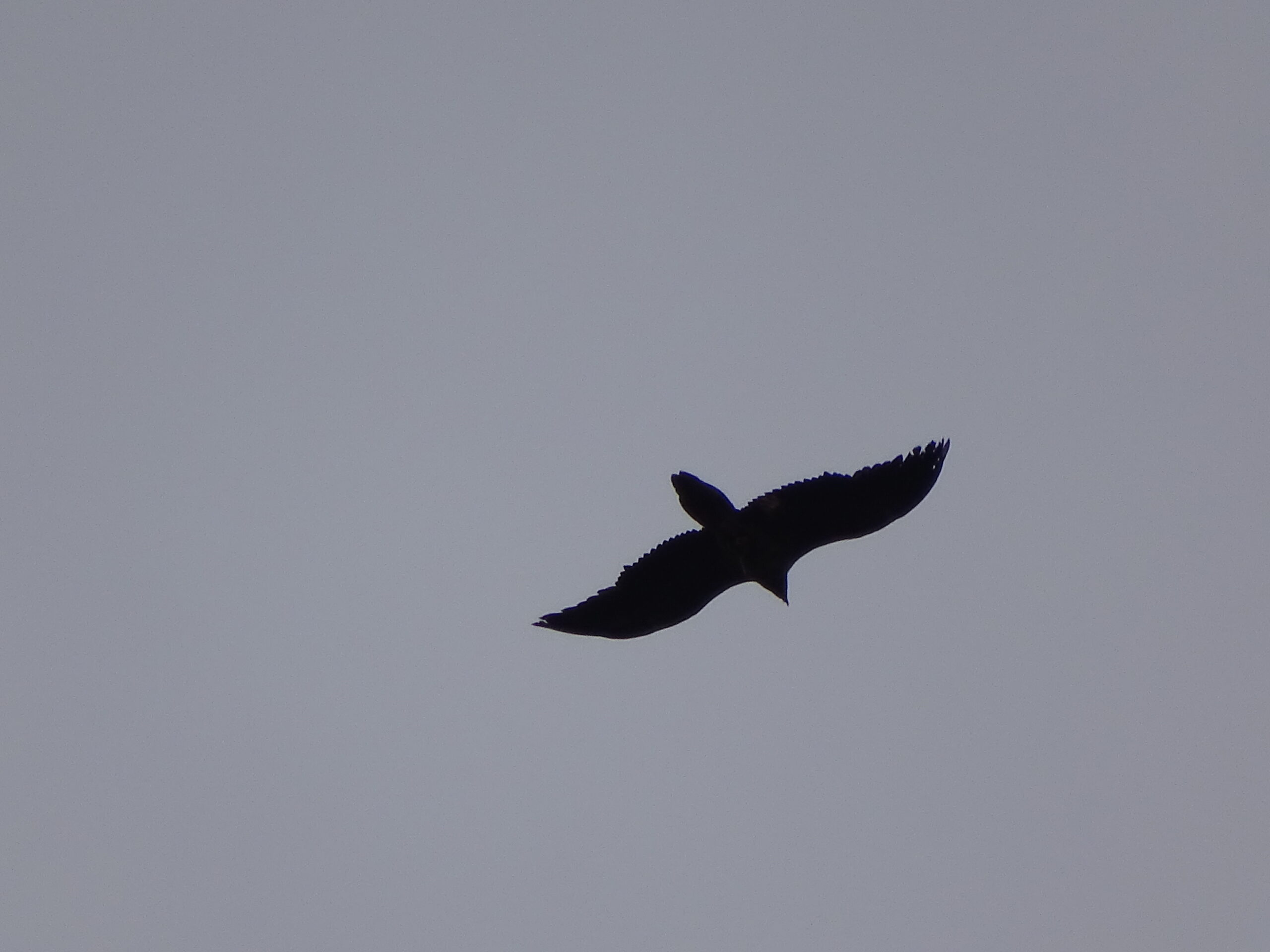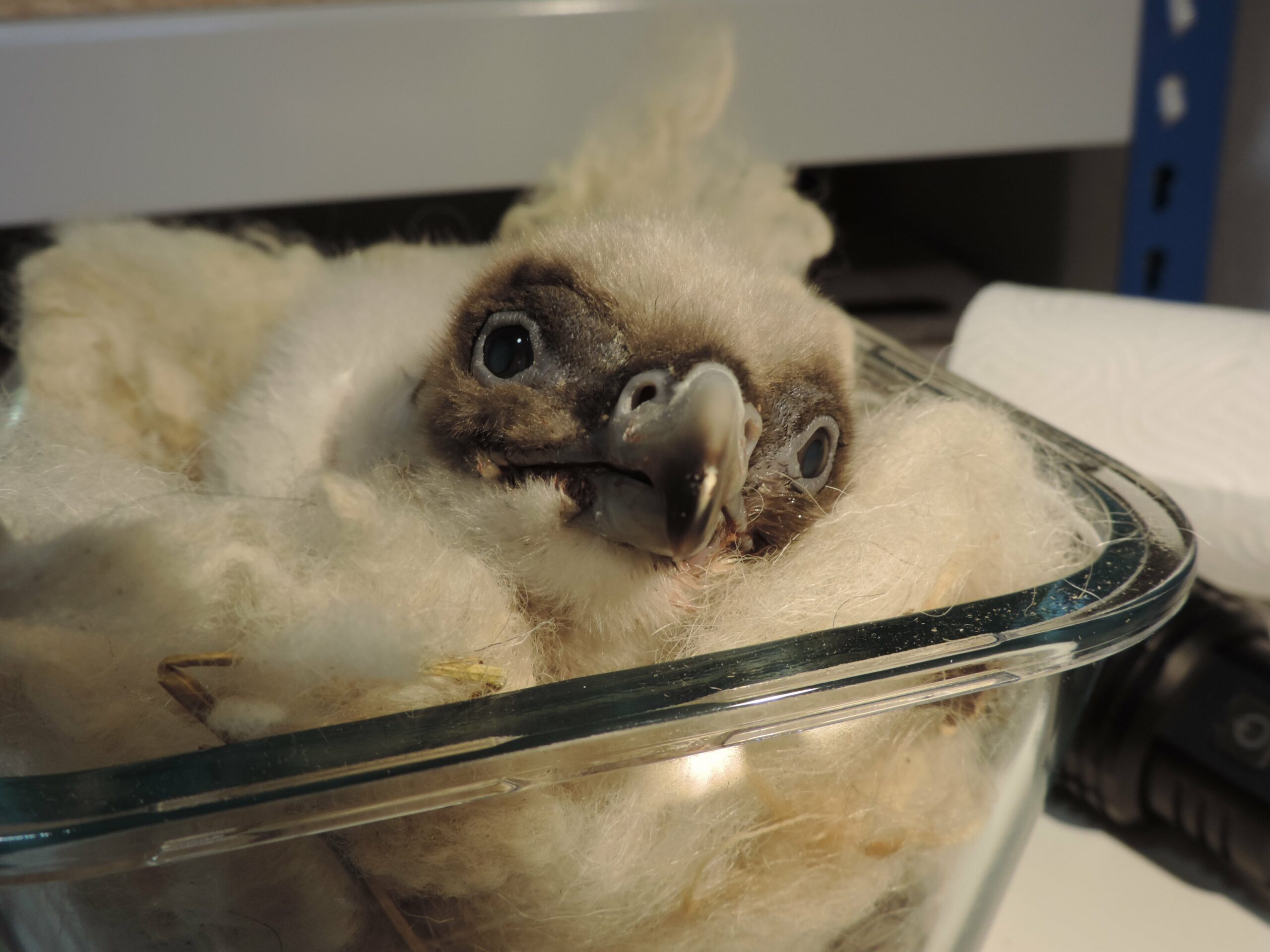
There is always an air of excitement at the Annual Bearded Vulture Meeting when colleagues, collaborators and friends that make up the bearded vulture conservation community come together to share and discuss their work and this year was no exception.
There is always an air of excitement at the Annual Bearded Vulture Meeting when colleagues, collaborators and friends that make up the bearded vulture conservation community come together to share and discuss their work and this year was no exception.
The Annual Bearded Vulture Meeting began with an offical welcome from representatives of the the central Spanish Government, Junta de Andalucía, the Province of Jaén and Municipality of Cazorla. Over the course of the day we heard from the work of our host region Andalucía in protecting bearded vultures, the comparison between egg collection and captive breeding as best strategy for reintroductions, settlements of the work of the captive breeding network, strategy for releases of birds over 2019 and some of the veterinary innovations caring for birds in the network.
Bearded vultures in Andalucia

The morning of Day One was dedicated to the vulture conservation work in Andalucía and the role of the region in the future of bearded vulture in Europe. Rafael Arenas Gonzalez, Head of the Environmental Service at the Junta de Andalucía outlined the policy initiatives being implemented by the autonomous government to recover and conserve vultures in the region. The delegates also heard about the work of the Junta de Andalucía from Antonio Ruiz Garcia about their world class efforts tackling illegal wildlife poisoning and Jose Ramon Benitez Izaguirre and Enrique Avila Lopez about the monitoring of the reintroduced population and the future of the species in Andalucía. Vulture Conservation Foundation Director Jose Tavares highlighted this work as one of the main ways Andalucía is contributing to conservation of the species across Europe as well picking up invaluable contributions outlined by Francisco Roderiguez Peinado of the the Guadalentín Specialised Breeding Centre to the captive breeding network. As the population of the species grows in Europe and forms a meta-population, Jose also highlighted how Andalucía will become the bridge connecting Europe to the north African population.
Bearded vulture research
The use of second egg extraction from wild nests as with the example being used by South African colleagues, was compared to captive breeding as strategies for reintroduction by Louis Phipps and Franziska Loercher from the Vulture Conservation Foundation. They concluded even though egg extraction is cheaper as a method for reintroduction it comes with quite high risks that could potentially influence the long term survival of a population such as distrurbance to breeding pairs, especially as the modeling by scientists appears to offer contradictory results and caution should be used with this method. Enrico Bassi from Parco Nazionale dello Stelvio shared the research into the settlement patterns of newly formed pairs in the central Alps that exhibit natal philopatry to the release sites of their reintroduced parents, suggesting this behaviour was posible the result of the abudance of food or had a genetic component.
Bearded vultures in captivity

The afternoon was dedicated to the captive population of bearded vultures in the Bearded Vulture European Endangered Species Programme. Alex Llopis Dell, Co-ordinator of the EEP at the Vulture Conservation Foundation shared the breeding results of the EEP with some 44 pairs formed this year and 24 young birds raised.
This year we also heard about the innovative care of injured captive birds in the EEP. We heard about the case of the cataract operation that saved Rin Ran’s sight, how Mia was the first ever bearded vulture with a prosthetic limb and the development of a cryogenic bone bank and its first clinical use in osteosynthesis.
To finish the day Jose presented the plans for the release of captive-bred birds in 2019, a strategy developed in collaboration with our partners.






